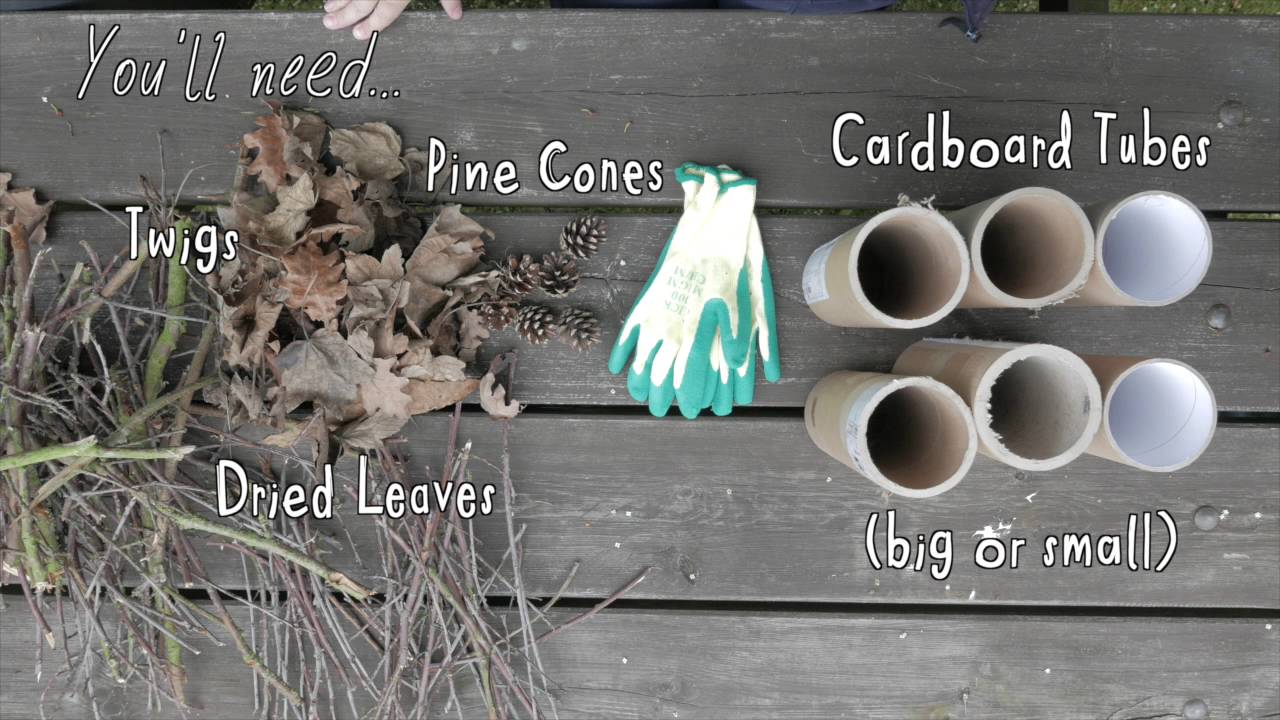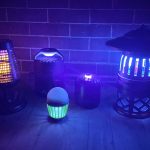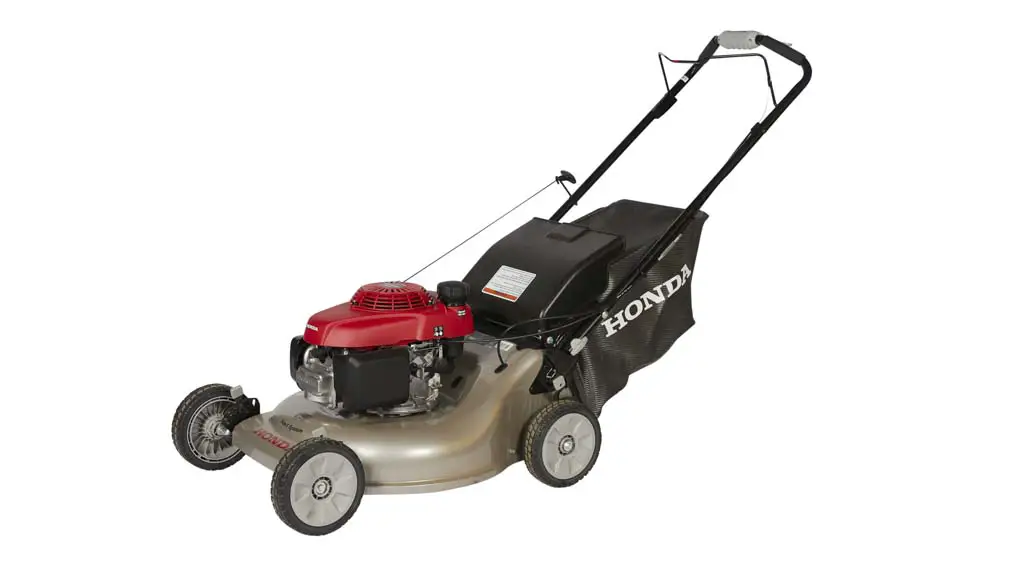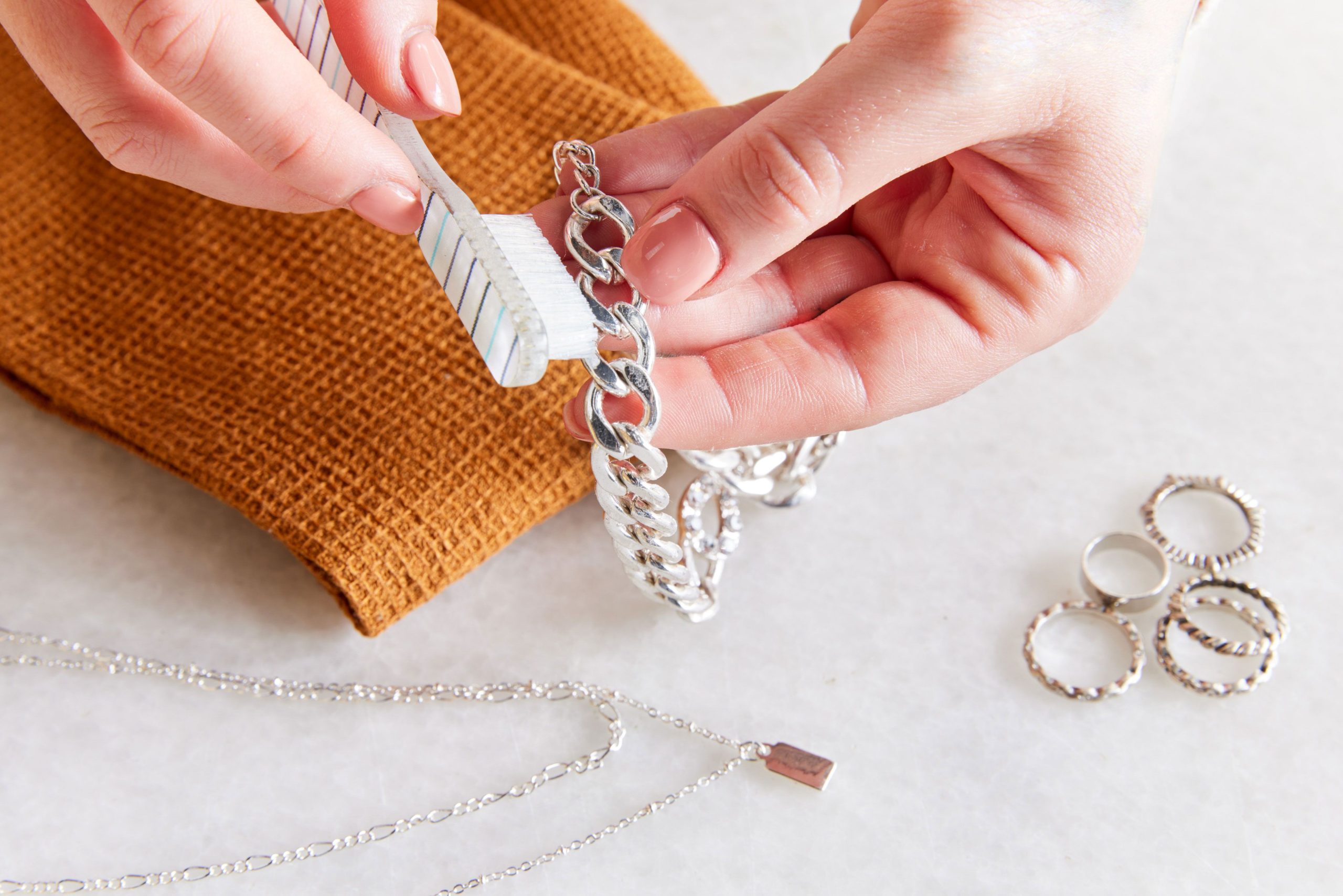A bug hotel is a structure that is built to provide shelter and nesting sites for beneficial insects such as bees, ladybugs, and butterflies. It is often made of natural materials such as twigs, leaves, and moss, and can be placed in gardens, parks, or other outdoor spaces.
B. Insects play a vital role in the ecosystem as pollinators, predators, and decomposers. They are essential for the survival of many plant and animal species, and their decline can have serious consequences for the environment.
C. Building a bug hotel using sustainable materials is important because it helps to reduce the environmental impact of the structure and ensures that it will not harm the insects or the ecosystem. It also promotes the use of natural and recycled materials, which can have a positive impact on the environment.
II. Types of materials to use
A. Natural materials
- Bamboo is a strong and durable material that can be used to create the frame of the bug hotel. It is also a sustainable resource as it grows quickly and can be harvested without causing damage to the environment.
- Twigs and branches can be used to create the walls and roof of the bug hotel. They provide shelter and nesting sites for insects and can be gathered from local forests or parks.
- Leaves and moss can be used to line the inside of the bug hotel and provide insulation. They are also great for creating a natural and attractive appearance.
- Stone and rocks can be used to create a foundation for the bug hotel and provide stability. They can also be used to create a natural look and can be gathered from local sources.
B. Recycled materials
- Cardboard can be used to create the walls and roof of the bug hotel. It is a cheap and readily available material that can be easily cut and shaped to fit the desired size and shape of the structure.
- Plastic bottles can be used to create the walls and roof of the bug hotel. They are a great source of insulation and can be cut and shaped to fit the desired size and shape of the structure.
- Tins and cans can be used to create the walls and roof of the bug hotel. They are a cheap and readily available material that can be easily cut and shaped to fit the desired size and shape of the structure.
- Old wood can be used to create the walls and roof of the bug hotel. It is a durable and sustainable material that can be found in many different forms, such as pallets or old furniture.
C. Other sustainable materials
- Unpainted and untreated wood can be used to create the walls and roof of the bug hotel. It is a natural and sustainable material that provides a safe and comfortable habitat for insects.
- Clay and terracotta can be used to create the walls and roof of the bug hotel. They are natural and sustainable materials that provide insulation and a natural look.
- Grass and straw can be used to create the walls and roof of the bug hotel. They are natural and sustainable materials that provide insulation and a natural look.
III. How to choose the best materials
- Research the different types of materials that are suitable for building a bug hotel, such as bamboo, wood, and natural fibers.
- Consider the durability and longevity of the materials. Look for materials that are rot-resistant and can withstand the elements.
- Take into account the cost and availability of the materials. Choose materials that are readily available and affordable.
- Consider the impact of the materials on the environment. Look for materials that are sustainably sourced and have a low environmental impact.
- Think about the types of bugs you want to attract and choose materials that are suitable for their needs. For example, if you want to attract bees, you may want to include hollow bamboo tubes in the hotel.
- Look for materials that are easy to work with and can be cut and shaped to fit the design of your bug hotel.
- Don’t forget to consider the overall aesthetic of the bug hotel and choose materials that complement the surrounding environment.
- Ask for recommendations and advice from experts in the field, such as entomologists or conservationists, to ensure that you are choosing the best materials for your bug hotel.
IV. Building the Sustainable Bug Hotel
A. Step-by-step instructions:
- Gather all of the necessary materials, including sustainable materials such as bamboo, wood, and natural fibers.
- Choose a location for the bug hotel, considering factors such as sunlight, shade, and proximity to a water source.
- Begin constructing the hotel by attaching the bamboo or wood frame to a sturdy base.
- Fill the frame with natural fibers, such as dry leaves or straw, to provide a nesting and breeding ground for bugs.
- Add a variety of different materials such as twigs, bark, and moss to provide a diverse range of habitats for different types of insects.
- Finish the hotel by adding a roof to protect it from the elements.
B. Tips for maintaining and monitoring the bug hotel:
- Regularly check for signs of activity, such as eggs or cocoons, to ensure that the hotel is being used by bugs.
- Keep the hotel clean and free of debris to prevent the spread of disease or pests.
- Monitor the temperature and humidity inside the hotel to ensure that it is suitable for the types of bugs you are trying to attract.
- Keep an eye out for any signs of damage or deterioration and make repairs as necessary.
C. Considerations for placement and location:
- Make sure the hotel is placed in a location that is protected from strong winds and heavy rain.
- Consider the surrounding environment when choosing a location, as different types of bugs prefer different types of habitats.
- Ensure that the hotel is placed in an area where it will receive plenty of sunlight, as many types of bugs require warmth to thrive.
- Avoid placing the hotel in areas that are regularly disturbed by humans or pets.
V. Conclusion
A. Summary of the benefits of using sustainable materials in building a bug hotel:
- Sustainable materials are environmentally friendly and help to reduce the carbon footprint of the hotel.
- Using sustainable materials can also help to promote the use of local and renewable resources.
- Building a bug hotel with sustainable materials is a great way to support conservation efforts and protect endangered insects and their habitats.
B. Encouragement for individuals and communities to use sustainable materials in building their own bug hotels:
- Building a bug hotel is a fun and easy project that can be done by individuals, families, or community groups.
- Using sustainable materials is a great way to make a positive impact on the environment and support conservation efforts.
- Building a bug hotel is a great way to learn more about the natural world and the insects that live around us.
C. Final thoughts on the importance of protecting endangered insects and their habitats and the role of sustainable bug hotels in conservation:
- Insects play a vital role in ecosystems, and their decline is a cause for concern.
- Building sustainable bug hotels is an important step in protecting endangered insects and their habitats.
- By using sustainable materials and providing suitable nesting and breeding grounds, we can support conservation efforts and help to protect the natural world for future generations.

“My name is Leo Jacob, and I hold a Bachelor of Science degree with Honors in Applied Environmental Science and Sustainability from the University of the West of Scotland. Since childhood, I’ve been passionate about living an eco-friendly life. After completing my studies, I dedicated myself to finding simple ways to lead a more environmentally conscious lifestyle. I launched ecolifely.com to share my educational background and practical experiences with everyone, hoping to inspire others to join me in creating a greener, more sustainable world.”













Leave a Reply